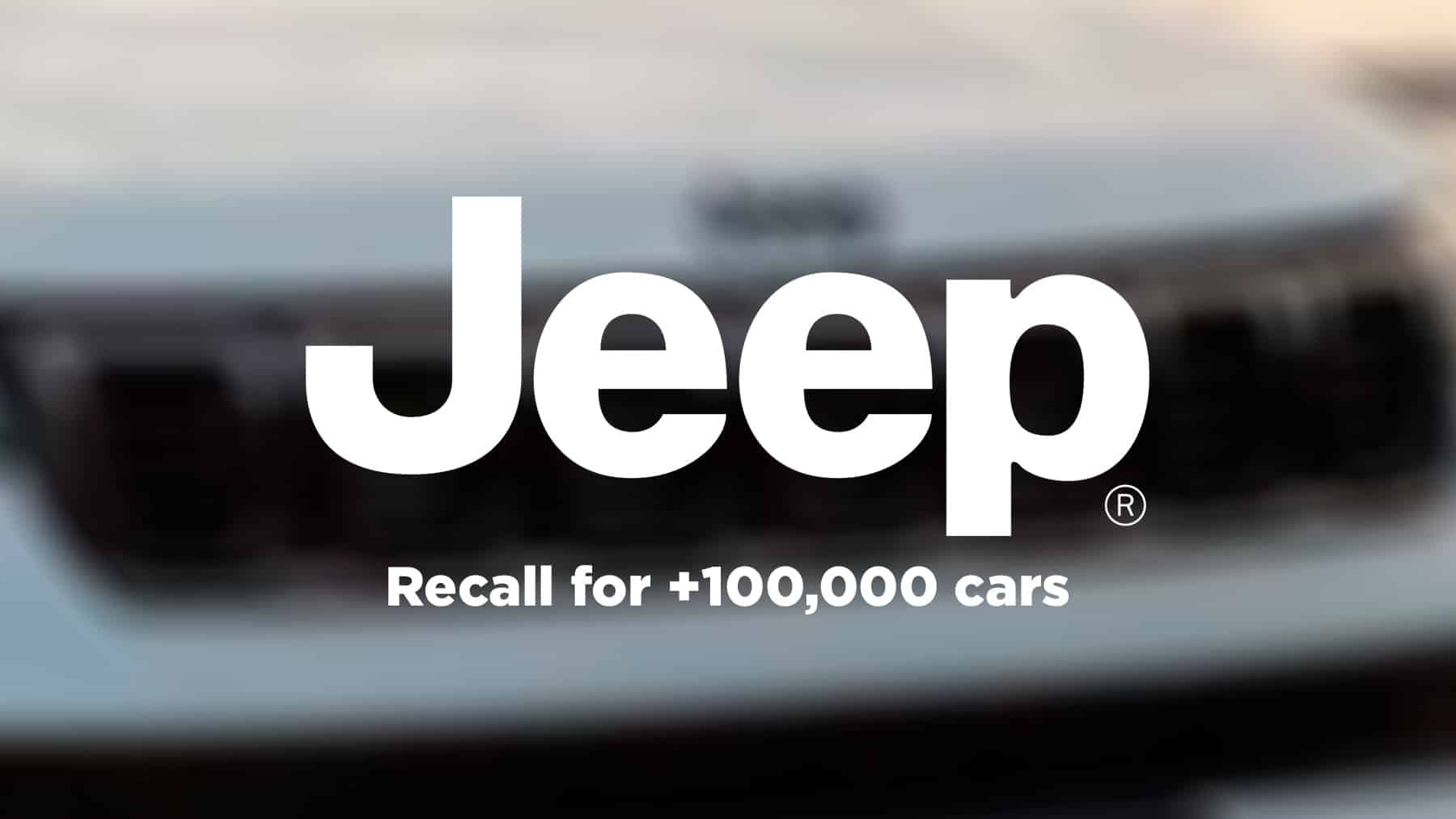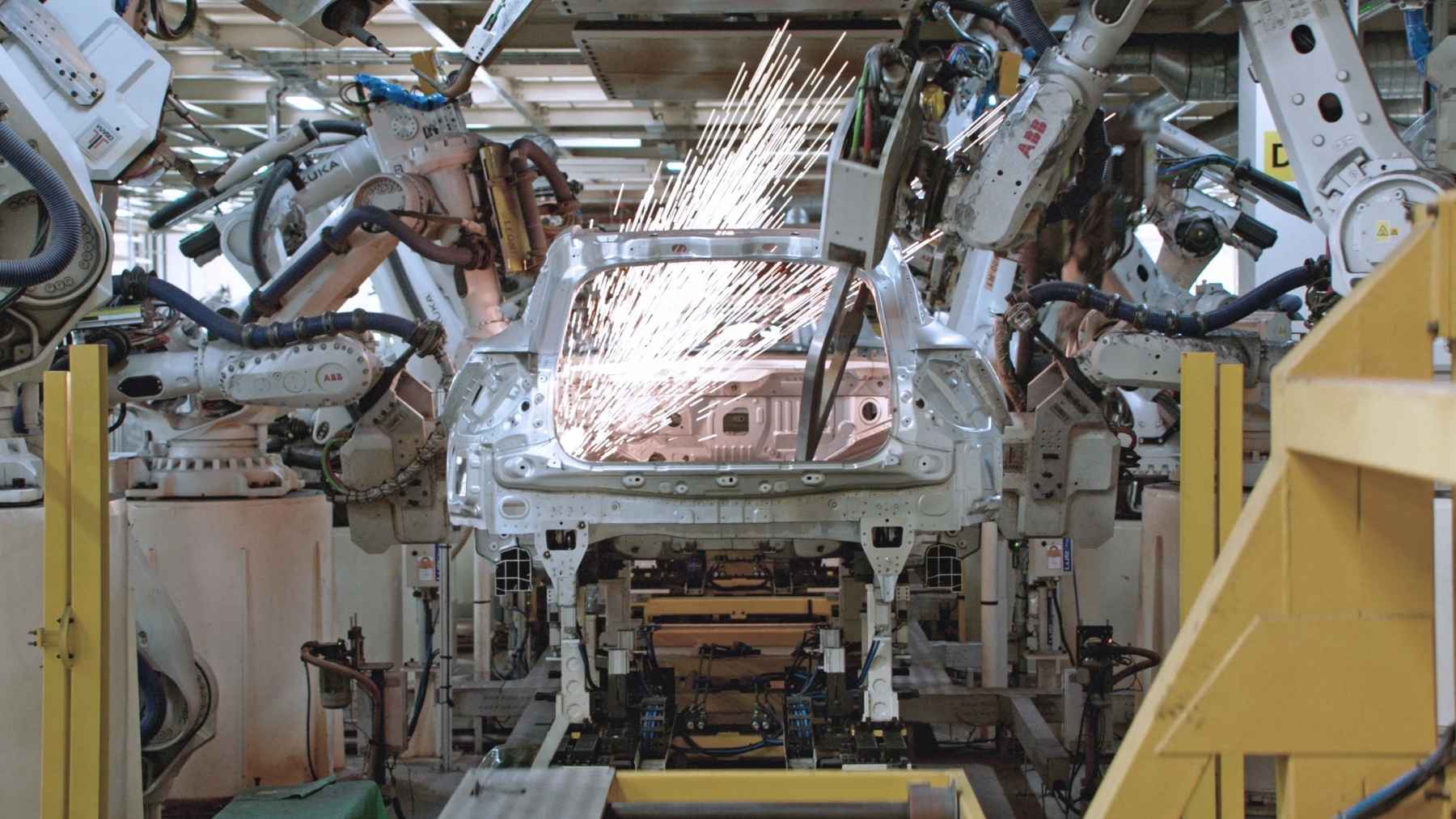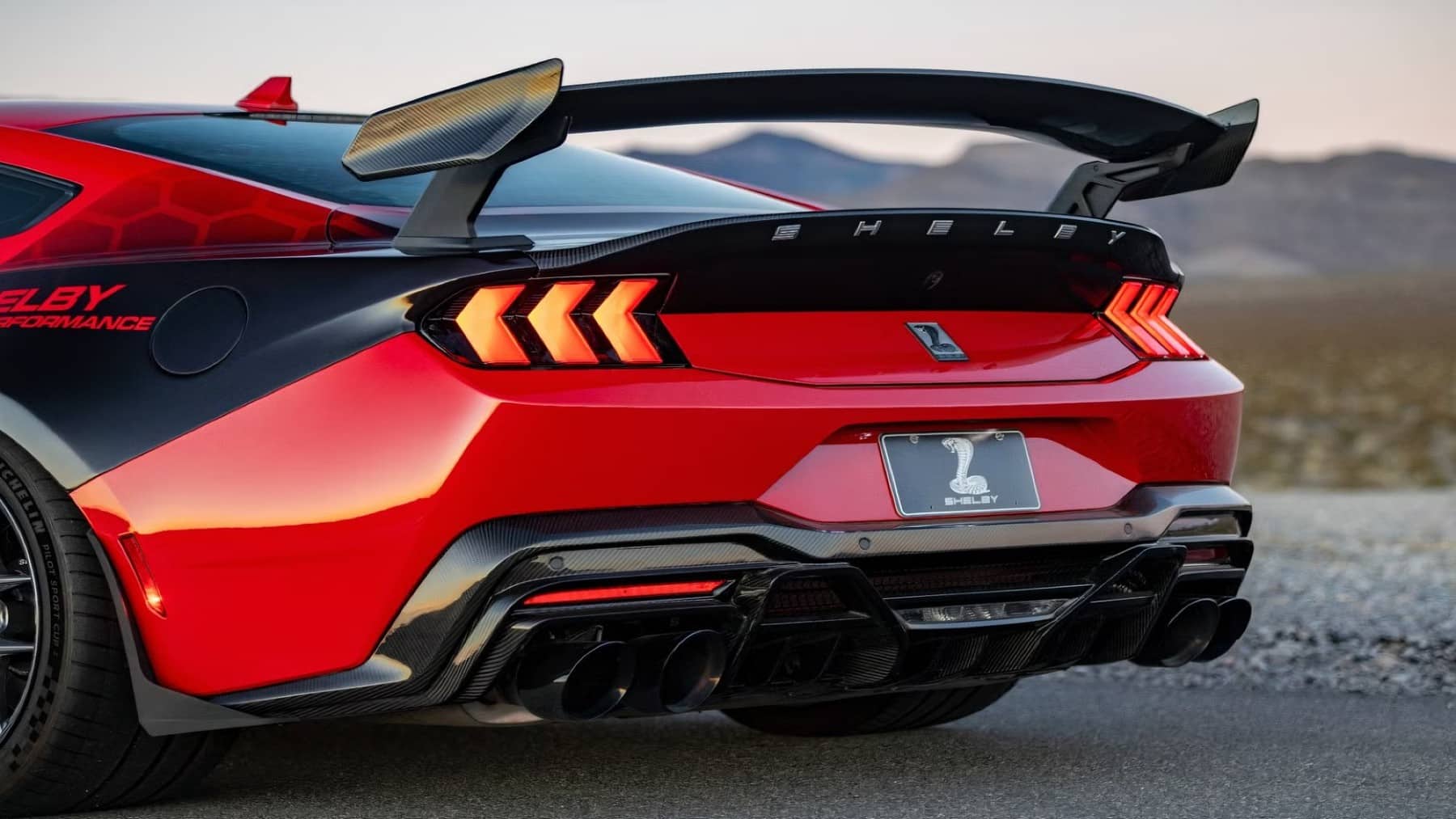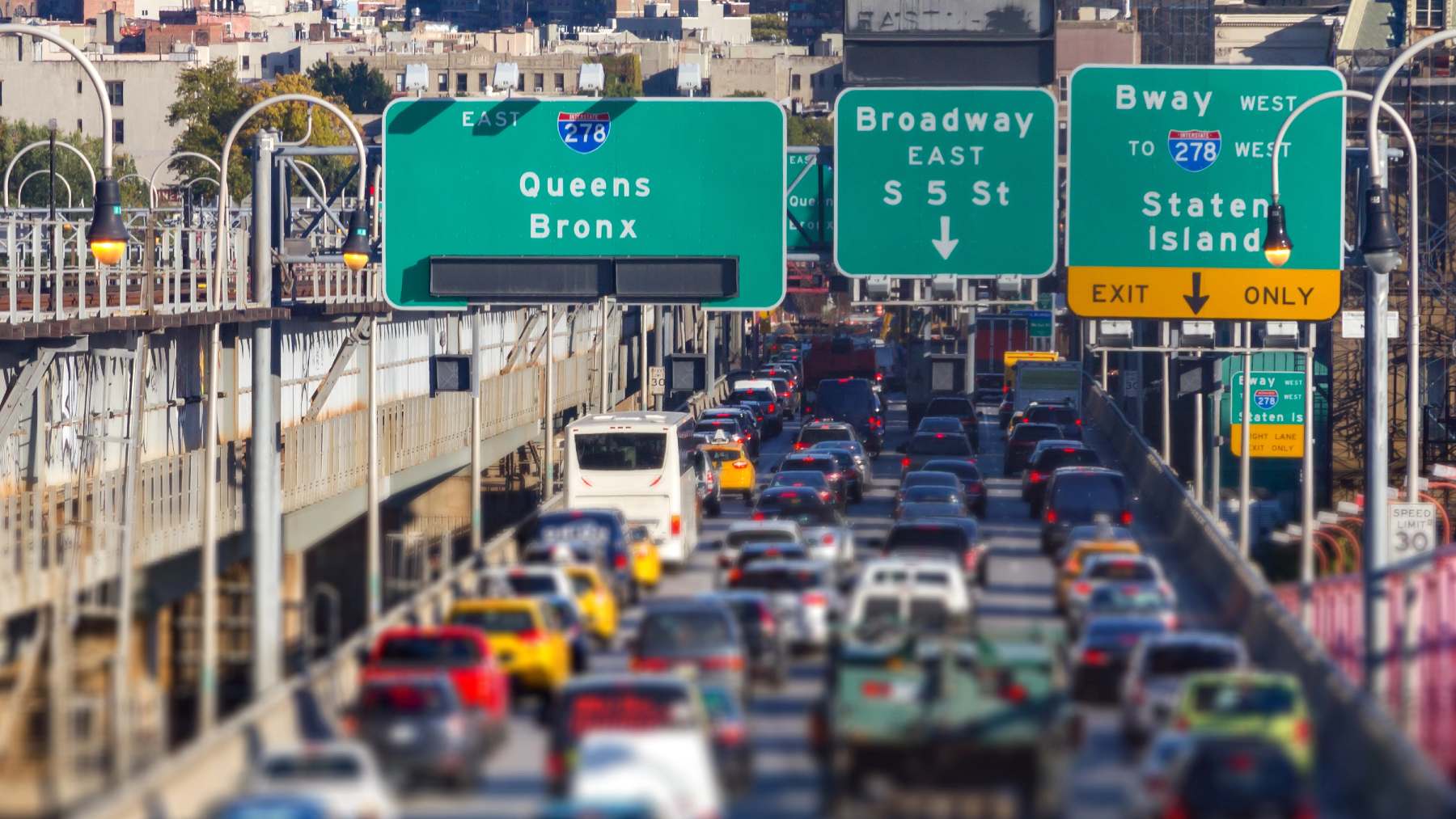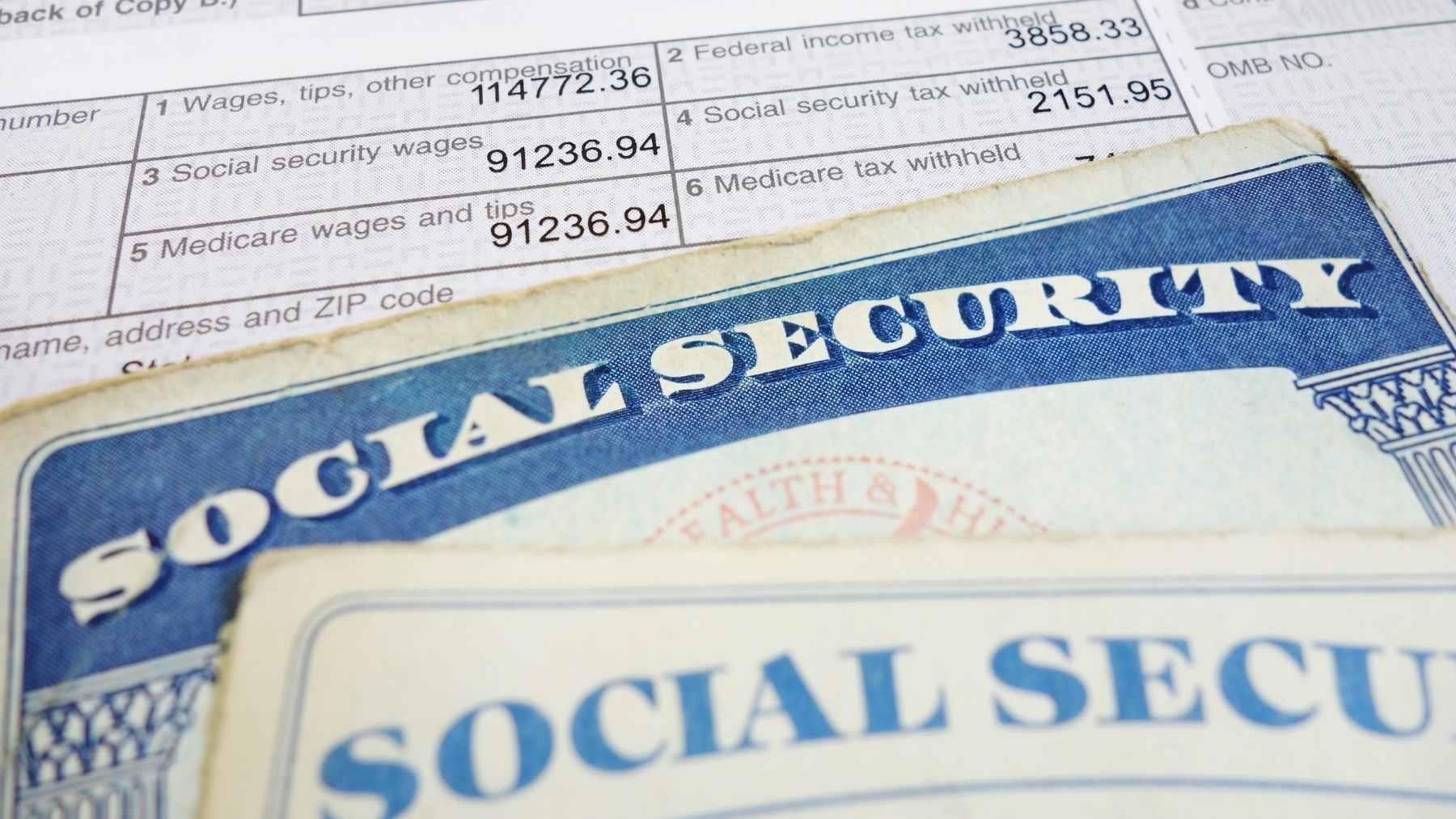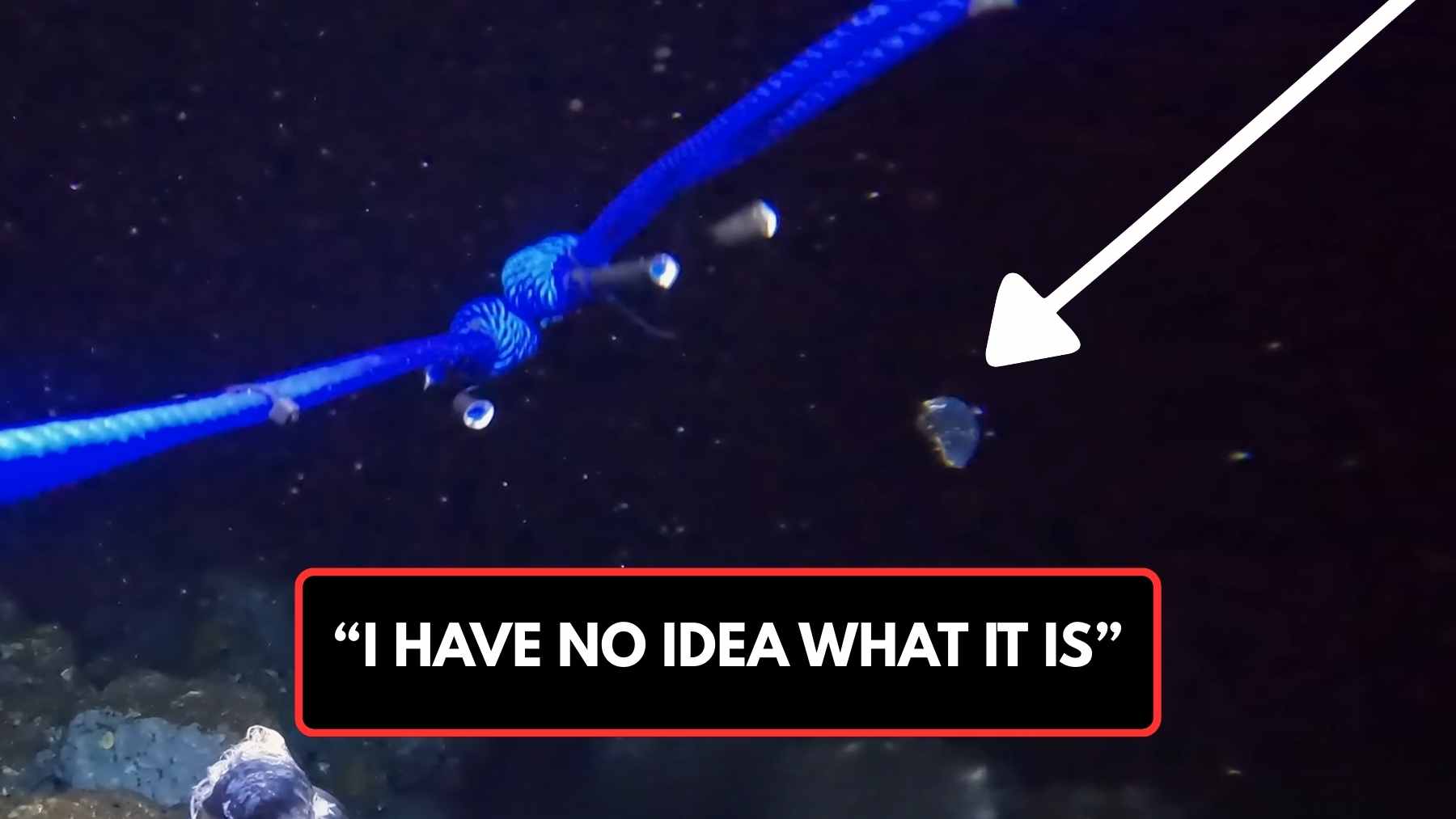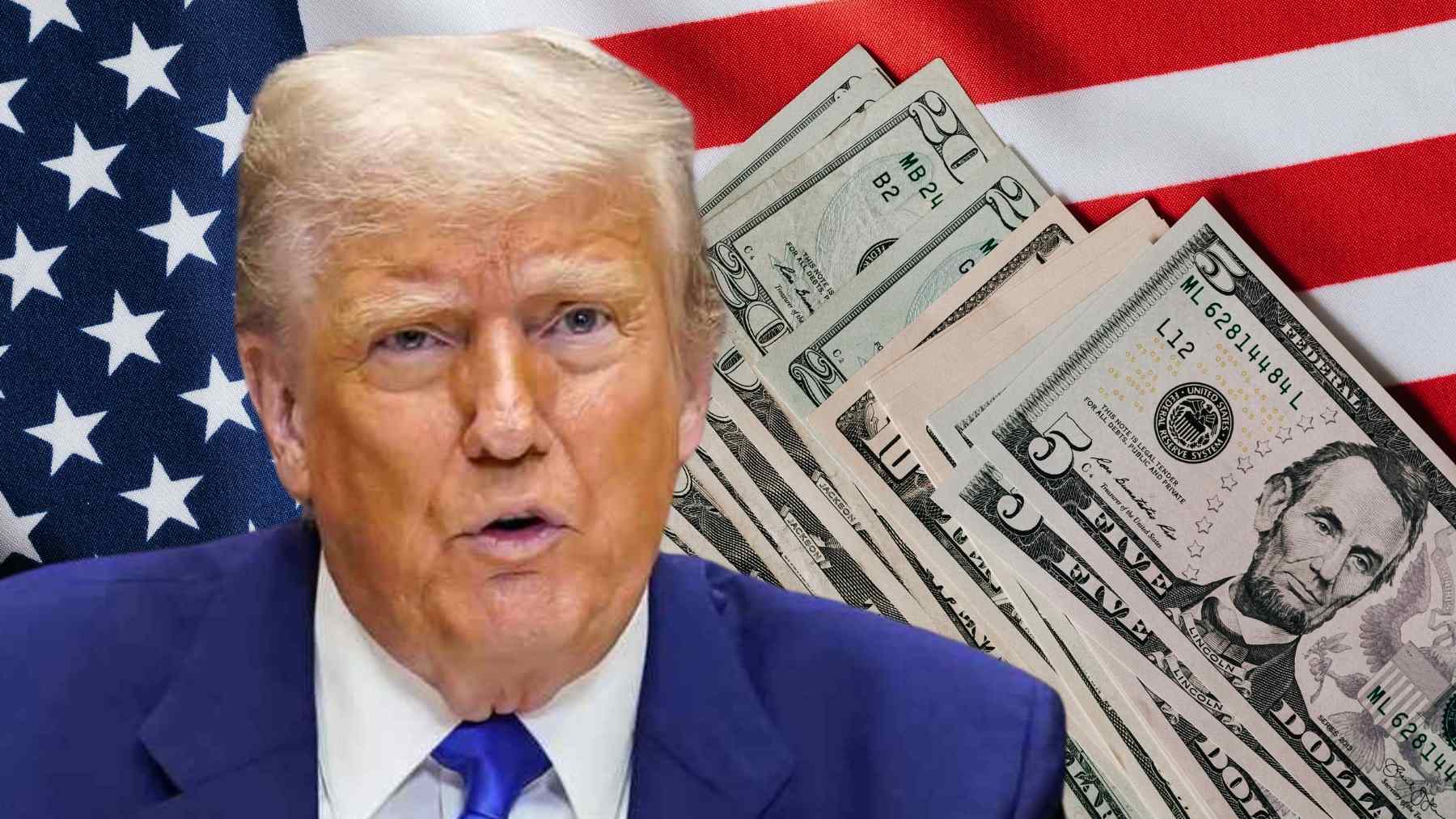Jeep has just announced a massive recall for its vehicles, and you may need to check to see if your vehicle is part of this recall. Vehicle recalls are essential safety interventions, orchestrated in partnership by automobile manufacturers and the National Highway Traffic Safety Administration (NHTSA). While a vehicle recall is not generally considered good publicity for an automobile developer, these recalls ensure that all road users remain safe on the road by preventing road accidents caused by faulty vehicles.
Vehicle recalls are necessary to keep drivers safe
Vehicle recalls are a necessary and important aspect of ensuring that vehicles on the road are roadworthy and safe to drive. These recalls occur when a manufacturer or road safety authority, such as the NHTSA, becomes aware of a widespread defect across a number of vehicles of the same make and model. This can happen when numerous vehicle owners report a problem to road authorities, or when internal employees from an automobile developer themselves become aware of a manufacturing problem, whereby they notify road safety authorities to issue a recall.
When vehicles are recalled, drivers of affected vehicles are not liable to pay to fix any defect the car is facing. Automobile developers are liable to correct the issue free of charge before returning the vehicle to the owner to ensure that their model continues to meet safety standards and operate as intended, ensuring the continued protection of all road users.
“Manufacturers are required to fix the problem by repairing it, replacing it, offering a refund, or in rare cases repurchasing the vehicle,” describes the NHTSA on their website.
While vehicle recalls, particularly widespread ones, are not favorable press for developers, they do demonstrate accountability on the part of manufacturers, highlighting that they are prioritizing their legal and ethical responsibility to address these faults once discovered. By repairing or replacing defective parts at no cost to the owner, recalls continue to reduce the likelihood of road accidents occurring, thereby maintaining public trust in the automotive industry as well as increasing brand loyalty. These timely and transparent recall processes are essential to upholding a safe and reliable transportation system.
Jeep announces massive recall over exterior trim issue
Recently, Jeep announced a widespread recall for specific Jeep Wagoneer and Grand Wagoneer 2022-2024 models produced between February 24, 2021, and February 29, 2024 by Stellantis North America (FCA US LLC). The recall pertains to the fact that the quarter window trim pieces have been identified to possibly detach while driving, posing a road hazard and increasing the risk of a crash for other drivers. This defect is due to a manufacturing error, whereby the clear primer application is missing on the quarter window trim supplied by Fuyao Automotive North America, a subsector of Fuyao Glass Industry Group.
123,296 vehicles have been recalled, with affected owners set to be notified between November 14 and November 19. Jeep dealers were informed of the recall by October 2. According to the NHTSA, Jeep is still in the process of developing a solution to the problem.
Jeep continues to face significant vehicle problems
This is not the first vehicle recall Jeep has faced this year, with the automobile developer also facing a class action lawsuit earlier in the year over alleged fires occurring in Jeep’s electric hybrid vehicles, with associated vehicles recalled this time last year.
Earlier this year, Jeep recalled just under 4,000 models over a headlight issue, whereby affected models’ headlamps were inaccessible to drivers. Owners were notified by May of this year and instructed to bring their vehicle into their nearest dealership. Regarding the most recent Jeep vehicle recall over the quarter window trim pieces, for more information about this recall, you can check the 25V-642 recall from the National Highway Traffic Safety Administration.
Disclaimer: Our coverage of events affecting companies is purely informative and descriptive. Under no circumstances does it seek to promote an opinion or create a trend, nor can it be taken as investment advice or a recommendation of any kind.
